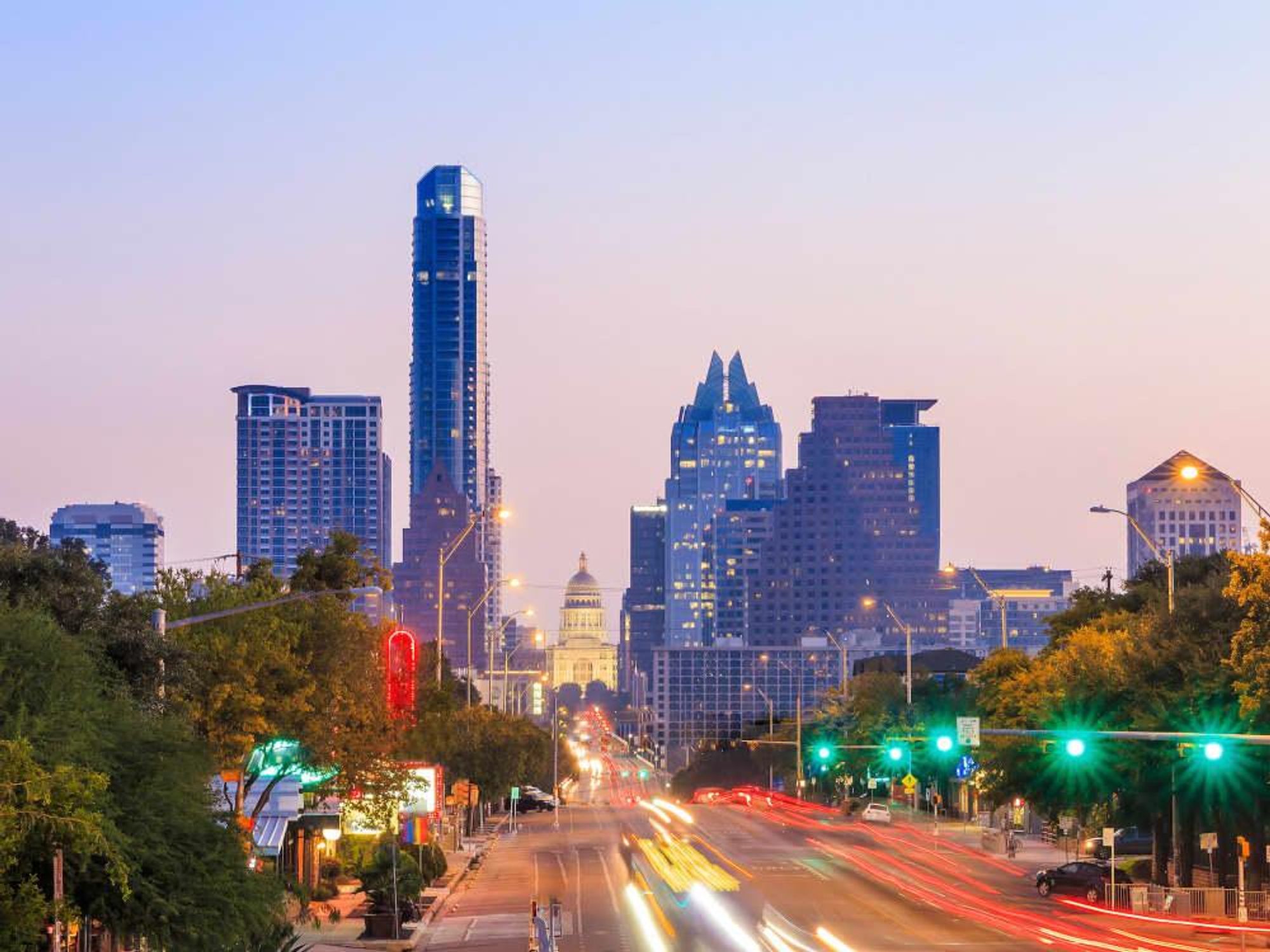Ever-growing Austin
How much will Austin’s population grow by 2020? Brace yourselves.

Think Austin is jam-packed now? Well, you’d better brace yourself. By 2020, the city is expected to be home to nearly 950,000 people.
A new report from the City of Austin’s auditor predicts the city’s population will swell from an estimated 855,136 in 2015 to 943,555 in 2020. That would be a population increase of 10.3 percent in just five years. As of July 2016, the city’s population stood at 931,830, according to the U.S. Census Bureau.
The addition of more than 88,000 residents (roughly equivalent to the entire population of Sugar Land, a Houston suburb) during the 2015-20 time span is bound to further aggravate one of the city’s nagging challenges: affordable housing.
Brandy Guthrie, 2017 president of the Austin Board of Realtors, is one of many local leaders voicing concerns over housing affordability — an issue that has spilled from the city into the suburbs.
“Unfortunately, with housing demand at an all-time high in our region and housing inventory levels near an all-time low,” Guthrie says, “our region’s housing market is increasingly becoming more unaffordable, and its infrastructure is becoming more and more strained as homebuyers look further and further outside of Austin to find a home that’s affordable.”
The city auditor’s report shows the household of the average homeowner in Austin spent $23,960 on housing in 2015, while the household of the average renter spent $12,430. That’s a significant chunk of the 2015 median household income for Austin: $52,460.
“Austin can appear to be an attractive, lower-cost destination for homebuyers from San Francisco and Los Angeles, where home prices are significantly higher,” Guthrie says, “but in general, the median household incomes of Austin residents have grown at a markedly slower pace than the steadily rising median home prices in the region. It’s a complicated dynamic.”
Within the city, the median price of a single-family home jumped 4 percent, to $342,000, between November 2015 and November 2016, according to the Austin Board of Realtors. During the same period, the median price of a single-family home in the five-county Austin metro area climbed 7 percent, to $294,245.
Renters in Austin are feeling the same sort of financial pinch.
The Apartment List website says the median rent for a one-bedroom apartment in Austin sits at $1,190, while the median rent for a two-bedroom apartment is $1,500. In a survey, renters gave a grade of C to housing affordability in Austin, with public transit and commute times being the only factors that received lower marks.
Shortly after taking office in 2015, Austin Mayor Steve Adler highlighted the city’s affordable housing problem, pointing out that nearly 50,000 Austin families are unable to afford rent of even $500 a month.
Adler said Austin neighborhoods that offer affordable housing are gentrifying rapidly, leading to higher housing prices, which hit lower- and middle-class families especially hard. To address the “housing supply gap” for lower- and middle-income households, Austin needs to build about 100,000 more homes, apartments, and other dwellings by 2025, the mayor said, and needs to prevent 35,000 affordable dwellings from vanishing due to gentrification.
Fortunately, while demand for new homes in the Austin area shows no signs of letting up, the supply is catching up, says Vaike O’Grady, Austin regional director of Metrostudy, a supplier of data about residential construction. In 2016, the Austin area saw construction begin on about 13,400 homes, according to Metrostudy.
O'Grady says that to combat the widening local gap between income and home prices, some homebuilders in the Austin area are putting up houses with stripped-down amenities or are constructing condos, townhomes, and duplexes — which often are cheaper than traditional single-family homes — on smaller, less costly lots.
“As more and more people seek to call Austin home, it’s critical that our community’s leaders work to allow for more types and price points of housing where it’s needed most, while preserving our city’s unique culture and high quality of life,” says Guthrie.
